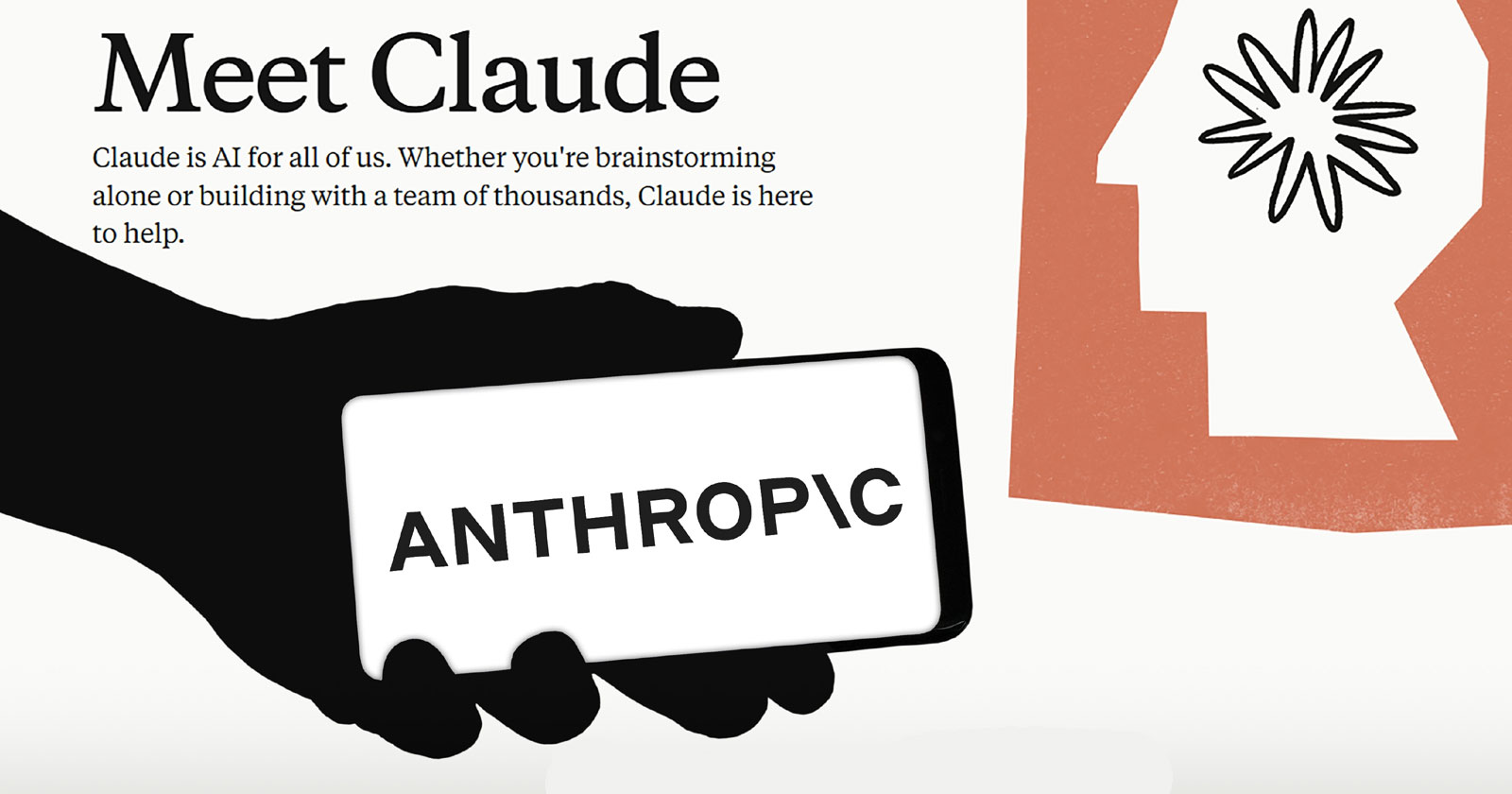MATISSE IN MOROCCO
In 1912, 42-year-old Matisse sailed for Tangier with his wife, Amélie. At a low point in his career, his work denigrated by critics and fellow artists, even his early patrons Gertrude and Leo Stein had stopped buying his paintings. He needed to escape the Parisian art scene and find inspiration elsewhere. In an engaging biography, journalist Koehler recounts Matisse’s two stays in Morocco, the first lasting 2½ months, which resulted in 12 paintings, and the second, from October 1912 to February 1913, during which he completed another dozen paintings, some of his most acclaimed. Matisse had long been fascinated by Islamic art, from the time he visited the Turkish and Persian pavilions at the Paris Exposition Universelle of 1900. The many Islamic textiles he collected sometimes appear in his work. But, Koehler asserts, he “shunned the classic Orientalist themes—the harem, ceremonial ‘fantasias’ of galloping horses, and sultans in magnificent dress—or even the popular ones of the orange sellers in the souq or village women with straw hats offering bouquets of irises.” He was interested, instead, in the particular light of North Africa, and in his first days in Tangier, when it rained incessantly, he was irritably frustrated. Finally, when the weather cleared, he set himself to painting nature “with a different palette.” He was eager, as well, to use models. Because of a taboo on posing, this quest proved difficult, until he found a young man who both modeled and served as an intermediary. Koehler sets the Moroccan visits in the context of political tensions, cultural change, and Matisse’s relationship with two wealthy Russian collectors. Reproduced in vibrant color plates, Matisse’s “lush, sensual” paintings give striking proof of his artistic reawakening in Tangier.


In 1912, 42-year-old Matisse sailed for Tangier with his wife, Amélie. At a low point in his career, his work denigrated by critics and fellow artists, even his early patrons Gertrude and Leo Stein had stopped buying his paintings. He needed to escape the Parisian art scene and find inspiration elsewhere. In an engaging biography, journalist Koehler recounts Matisse’s two stays in Morocco, the first lasting 2½ months, which resulted in 12 paintings, and the second, from October 1912 to February 1913, during which he completed another dozen paintings, some of his most acclaimed. Matisse had long been fascinated by Islamic art, from the time he visited the Turkish and Persian pavilions at the Paris Exposition Universelle of 1900. The many Islamic textiles he collected sometimes appear in his work. But, Koehler asserts, he “shunned the classic Orientalist themes—the harem, ceremonial ‘fantasias’ of galloping horses, and sultans in magnificent dress—or even the popular ones of the orange sellers in the souq or village women with straw hats offering bouquets of irises.” He was interested, instead, in the particular light of North Africa, and in his first days in Tangier, when it rained incessantly, he was irritably frustrated. Finally, when the weather cleared, he set himself to painting nature “with a different palette.” He was eager, as well, to use models. Because of a taboo on posing, this quest proved difficult, until he found a young man who both modeled and served as an intermediary. Koehler sets the Moroccan visits in the context of political tensions, cultural change, and Matisse’s relationship with two wealthy Russian collectors. Reproduced in vibrant color plates, Matisse’s “lush, sensual” paintings give striking proof of his artistic reawakening in Tangier.






















![How To Launch, Grow, and Scale a Community That Supports Your Brand [MozCon 2025 Speaker Series]](https://moz.com/images/blog/banners/Mozcon2025_SpeakerBlogHeader_1180x400_Areej-abuali_London.png?auto=compress,format&fit=crop&dm=1747732165&s=beb7825c980a8c74f9a756ec91c8d68b#)
![Clicks Don’t Pay the Bills: Use This Audit Framework To Prove Content Revenue [Mozcon 2025 Speaker Series]](https://moz.com/images/blog/banners/Mozcon2025_SpeakerBlogHeader_1180x400_Hellen_London.png?auto=compress,format&fit=crop&dm=1747758249&s=9f3c5b1b7421f862beace1cb513053bb#)
![How To Create an Integrated Strategy That Increases Brand Mentions and Visibility [Mozcon 2025 Speaker Series]](https://moz.com/images/blog/banners/Mozcon2025_SpeakerBlogHeader_1180x400_JamesH_London.png?auto=compress,format&fit=crop&dm=1747780409&s=9bf9f0a2623b4a8be6eaf8f235115505#)








.png)

















![The 11 Best Landing Page Builder Software Tools [2025]](https://www.growthmarketingpro.com/wp-content/uploads/2024/04/best-landing-page-software-hero-image-1024x618.png?#)































































![Social media image sizes for all networks [June 2025]](https://blog.hootsuite.com/wp-content/uploads/2023/01/Social-Media-Image-Sizes-2023.png)


![What you're doing wrong in your marketing emails [according to an email expert]](https://53.fs1.hubspotusercontent-na1.net/hubfs/53/jay-schwedelson-mim-blog.webp)

![These AI workflows can 10X your marketing productivity [+ video]](https://www.hubspot.com/hubfs/Untitled%20design%20-%202025-05-29T135332.005.png)




















